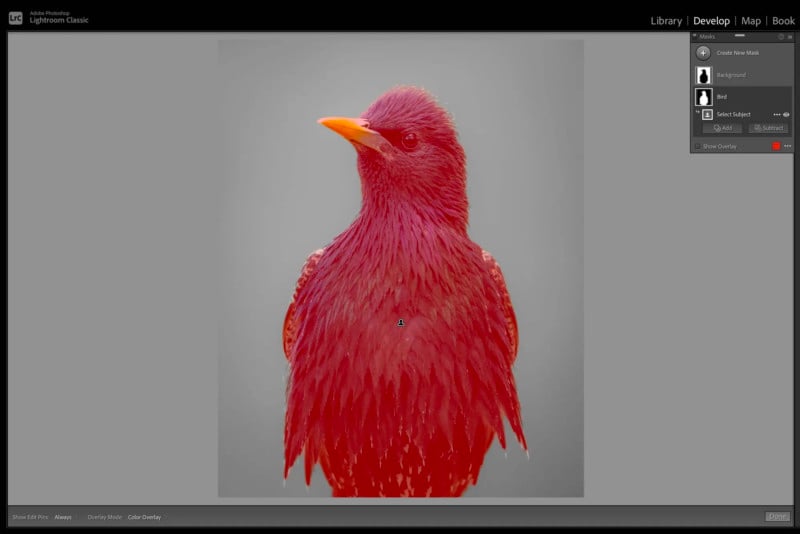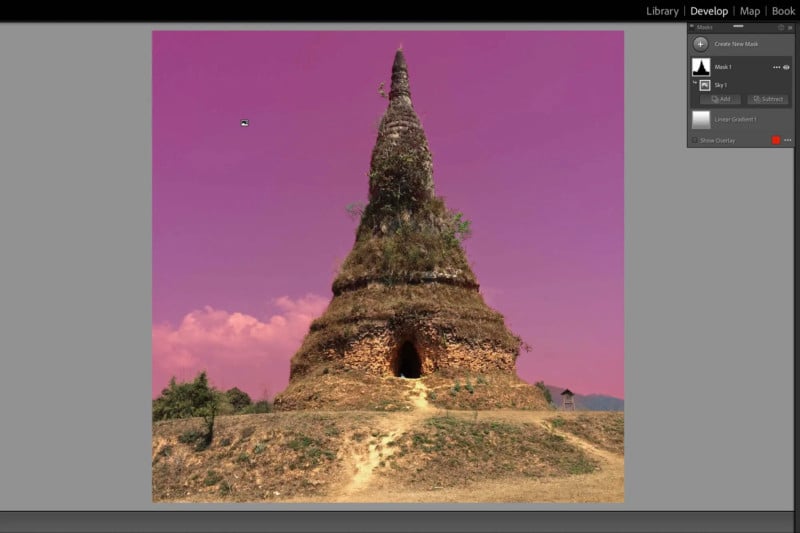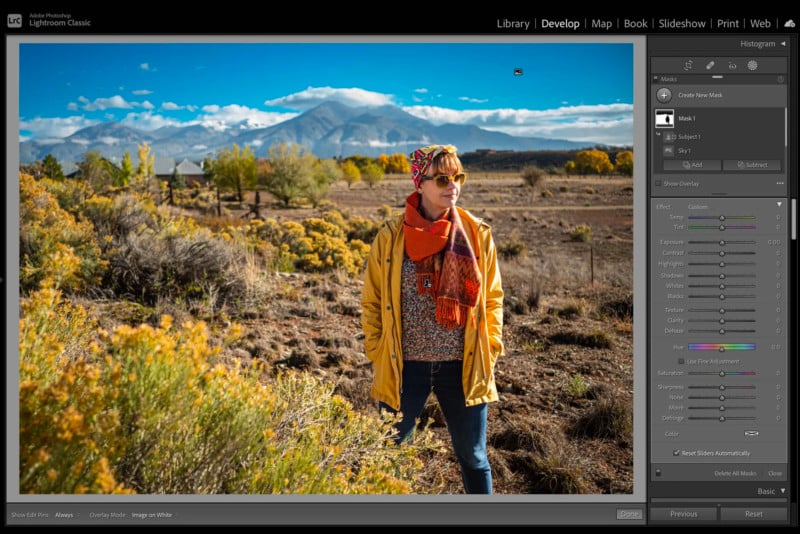Adobe Has Completely Redesigned Masking in Lightroom and ACR
Adobe has announced that it will be launching a redesigned and more powerful way to make selective adjustments — collectively referred to as masking — in Adobe Camera RAW (ACR) and all Lightroom applications at the end of October.
Adobe says that while it has been creating new ways to make selections with its AI-powered selection tools inside of Photoshop, the image processing engine used by ACR and Lightroom was not compatible with those tools. In order to bring them, or something like them, to those platforms, Adobe had to make large changes to the base image processing engine.
“This required the team to go back to the drawing board and re-imagine how the new masking engine could incorporate these AI-based tools across both mobile and desktop devices. We knew it would be essential that photographers have access to our best new tools anywhere, and on any device,” Josh Bury of the ACR team says.
Previously, the only types of selections that were supported were vector-based, which meant that any adjustments made with a brush or gradient were recorded as mathematical expressions. This approach was great for avoiding creating large files and catalogs and would make syncing slower, as very small amounts of data could be used to represent even complex masking on high-resolution images.
AI-based masking, however, requires bitmap, or image-based support.
“In essence, the new AI-based masks create a grayscale image, where lighter values represent varying levels of selection and pure black represents no selection being made to that area. A rather common example of these grayscale bitmap-based masks can be found in Photoshop’s layer masks,” Bury explains.
The ACR team needed to make it possible for both vector-based and bitmap-based masks to live together so that the brush, gradient, and range masks could continue to be vector-based while the AI-powered tools could be bitmap-based.
“The most important job of any selective tool, obviously, is making it possible to select specific objects or areas, and only those objects or areas,” Bury says. “We needed to find a new paradigm that would not only enable these fancy new AI-powered tools (as well as future tools that are currently in the works) but also make it possible to refine the selections, and make selections that current (and possibly even future) AI-powered tools could not.”
To achieve this, the ACR team created mask groups that make it possible to combine any mask tool with any other mask tool.
![]()
The result is a new masking tool that will be found in the ACR and Lightroom. A new button has replaced the former brush and gradient buttons. The new button is the masking button which, when clicked, will display all of the masking options available, including the new ones called “Select Subject” and “Select Sky.”
When Select Subject, for example, is clicked in a photo that features a person, that person will immediately and automatically be masked. The mask can be tweaked and refined: adjustments can be made to the subject in the selection, the mask can be inverted, and it can be added to or subtracted from with additional masks.

So, for example, a Select Subject mask can be inverted to select the entire background and then the Select Sky mask can be used to remove the sky from that selection, leaving only the area behind the subject that is not sky masked to allow for a targeted adjustment. All of that can be done now in a matter of a few clicks.

Adobe also made adjustments to range masks, including the ability to target an entire photograph. Range masks can work globally (or still be applied within a gradient as they were before using add and subtract controls) and more control has been given over the luminance range’s falloff.

The Luminance Range Mask tool now provides a falloff control, enabling control over how quickly the selection transitions from the selected tonal range to the unselected range.
![]()
All masks can be named as well, which makes them easier to keep track of. Finally, masks can be previewed in a number of ways thanks to the overlay visualizations that the team brought over from Photoshop: the default color overlay, color overlay on black and white, image on black, image on white, and more.
![]()
These new tools work consistently across all of Adobe’s applications and the range masks which were previously only found on ACR and Lightroom Classic are now also available in Lightroom and Lightroom Mobile, and all of the modify and refine masks are equally available through ACR, Lightroom, and Lightroom Classic.
These changes to masking will ship to all customers starting on October 26.